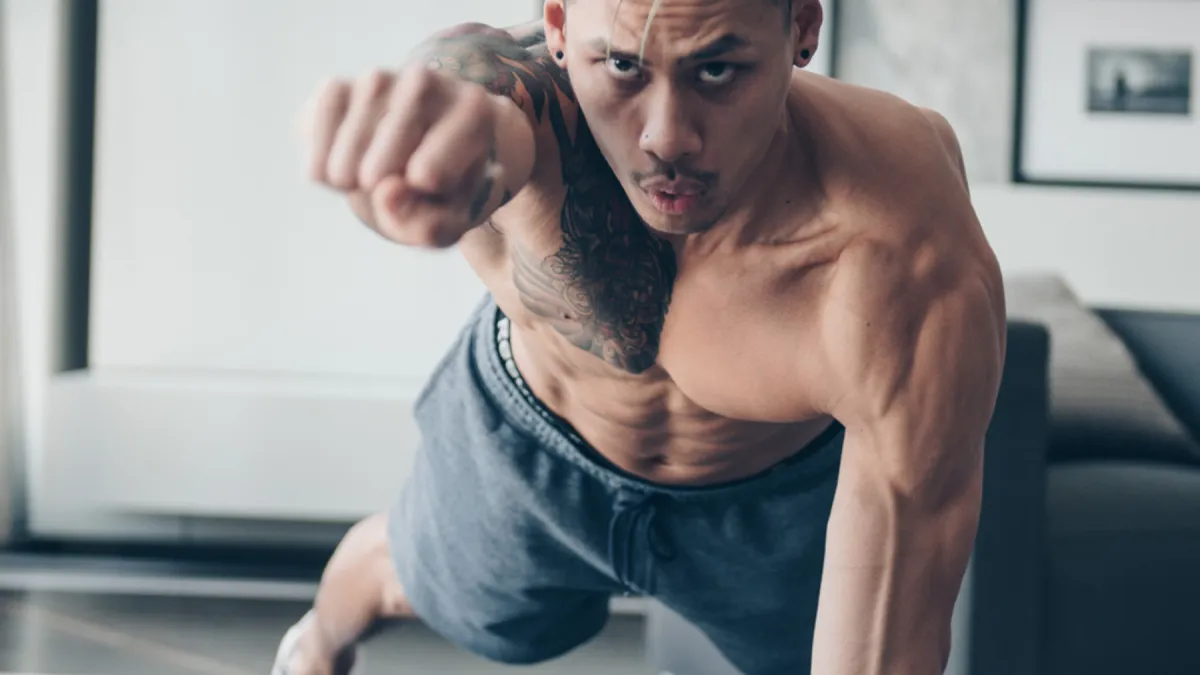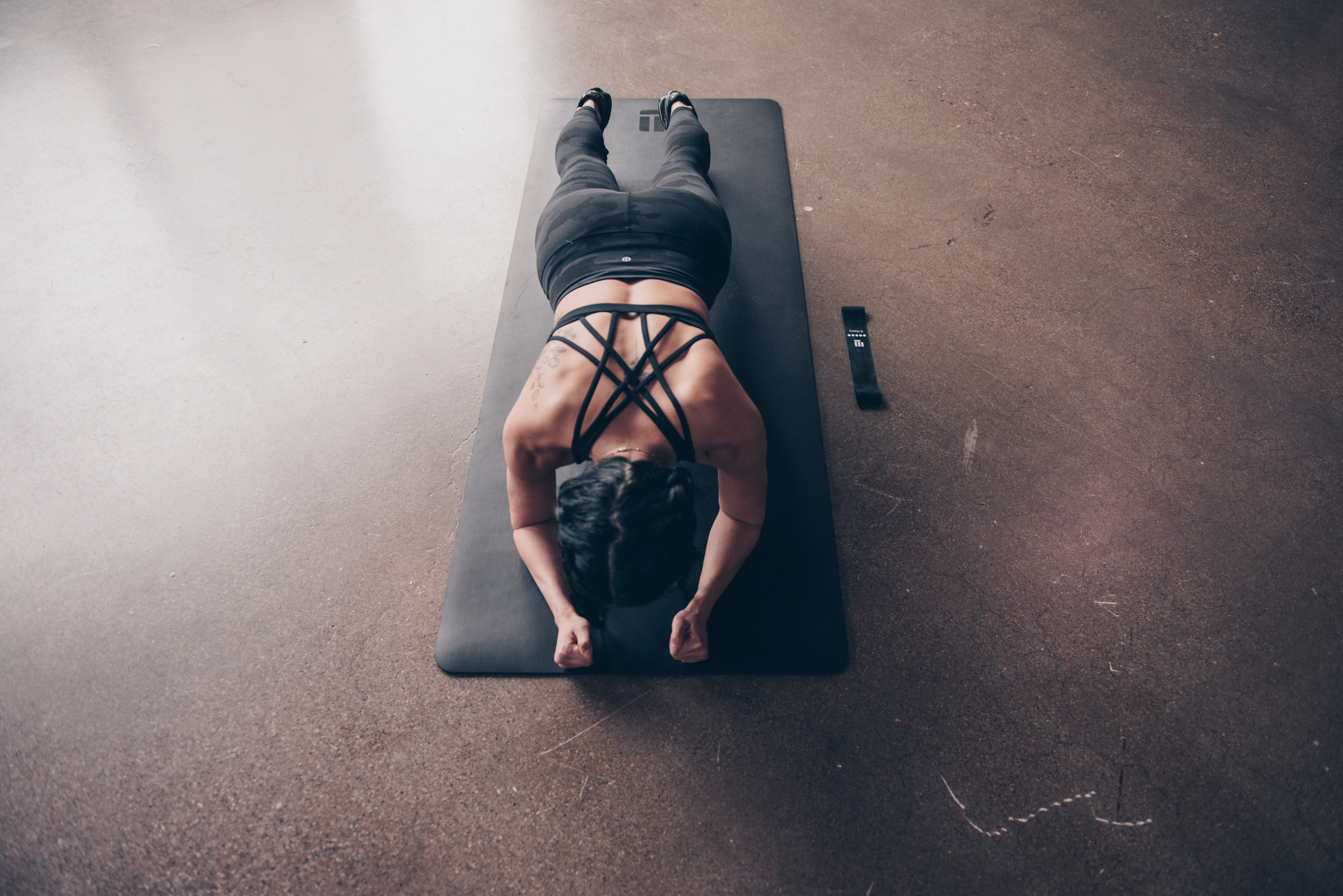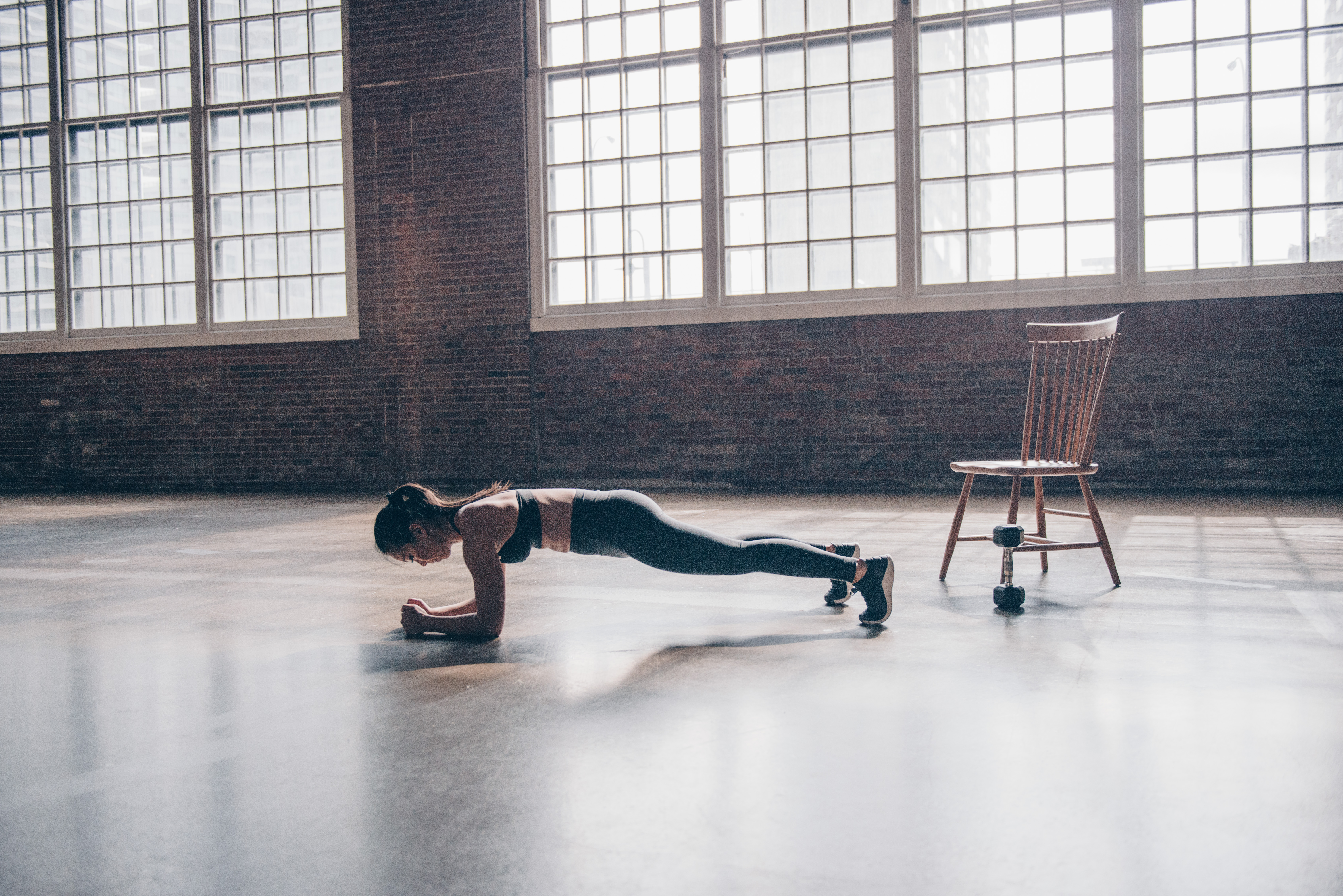
Plank Power: Sculpt Abs, Boost Core Strength, and Torch Belly Fat!
How effective are planks at reducing belly fat? Is it worth it?
We're diving into a powerhouse exercise that can transform your entire fitness journey: the plank. Whether you're aiming for a chiseled core, better posture, or improved overall strength, the plank is a game-changer. It's not just about holding a pose; it's about harnessing its full potential to elevate your fitness and health to new heights. So, let's explore why this simple yet mighty exercise deserves a top spot in your workout routine.
Why Plank??
Beyond sculpting a strong midsection, planks enhance posture, bolsters spine support, and boosts overall body strength. They're your gateway to better balance, reduced injury risks, and a fired-up metabolism. Discover how this powerhouse move can elevate your fitness journey and everyday functionality like never before! 🌟💪

Physical Benefits:
Improved Core Strength and Stability: Planks target the core muscles, including the rectus abdominis and transversus abdominis, resulting in a stronger, more stable midsection. 💪
Enhanced Posture and Spinal Alignment: By strengthening muscles that support the spine, planking promotes better posture and reduces the risk of back pain. 🌟
Increased Overall Body Strength: Engaging multiple muscle groups simultaneously helps build overall strength, from the shoulders down to the legs. 🔥
Functional Benefits:
Better Balance and Coordination: Plank exercises improve proprioception and balance, which are crucial for everyday activities and sports performance. 🏋️♂️
Injury Prevention, Especially in the Lower Back: Strengthening core muscles and supporting muscle groups helps stabilize the spine, reducing the risk of lower back injuries. 💫
Boosted Metabolism and Calorie Burn: Planks engage large muscle groups, leading to increased calorie expenditure and metabolic rate, supporting weight management goals. 🦵
Incorporating planks into your regular fitness routine can yield significant physical and functional benefits, enhancing both your strength and overall well-being.
Where Plank Targets?
Key Muscles that Grow and Tone 🎯
The plank is a powerhouse exercise that engages multiple muscle groups simultaneously, making it a favorite for building core strength and stability. Here’s a detailed look at the muscles you activate during a plank:

Core Muscles: 🔥
KEY MUSCLE = Rectus Abdominis: Located along the front of your abdomen, this muscle helps flex the spine and stabilize the core.
Transverse Abdominis: Deep within your core, this muscle acts as a natural weight belt, supporting your spine and internal organs.
Obliques: These muscles run along the sides of your torso and help with rotational movements and lateral flexion.
Upper Body Muscles: 💪
KEY MUSCLE = Deltoids: Found in your shoulders, deltoids assist in shoulder stabilization during the plank.
Trapezius: This large muscle spans the upper back and neck, aiding in shoulder and spine stability.
Pectorals: The chest muscles are engaged to support the upper body and maintain proper alignment.
Lower Body Muscles: 🦵
KEY MUSCLE = Quadriceps: Located in the front of the thigh, quadriceps work to stabilize the knee joint and maintain leg alignment.
Glutes: These powerful muscles in the buttocks help stabilize the hips and pelvis, crucial for maintaining a straight body line in the plank position.
Incorporating plank variations and focusing on proper form will maximize the benefits to these muscle groups, helping you achieve a stronger, more resilient body overall.
How To Plank?
Perfecting Your Plank Form: Posture and Mechanics ⚙️
Mastering the plank isn't just about holding a pose; it's about perfecting your form to maximize its effectiveness and prevent injury. Here’s your guide to nailing the plank with precision:

Dos: 💪
Alignment is Key: Start in a push-up position, ensuring your wrists are directly under your shoulders. Your body should form a straight line from head to heels, maintaining a neutral spine.
Engage Your Core: Activate your abdominal muscles by pulling your belly button towards your spine. This stabilizes your torso and protects your lower back.
Hold Firm Through Your Shoulders: Keep your shoulder blades engaged and avoid sinking into your shoulders or shrugging. This helps maintain stability and reduces strain.
Focus on Breathing: Breathe deeply and steadily throughout the hold. Inhale through your nose and exhale through your mouth to maintain oxygen flow and endurance. 🌬️
Check Your Hips: Ensure your hips are neither too high (creating a V shape) nor sagging towards the ground. Aim for a straight line from shoulders to heels for optimal muscle engagement.
Don’ts: ❌
Avoid Sagging or Arching: Maintain a neutral spine throughout the exercise. Avoid arching your lower back or letting your hips drop towards the ground, as this can strain your back muscles.
Don’t Forget Your Neck: Keep your neck in line with your spine. Avoid looking up or tucking your chin too close to your chest, which can strain your neck muscles.
Steer Clear of Wrist Pain: Distribute your weight evenly through your palms and fingers to reduce pressure on your wrists. Avoid locking your elbows or letting them bend too much.
Don’t Hold Your Breath: Maintain a steady breathing rhythm. Holding your breath can increase tension and limit your endurance during the plank. 🌬️
Avoid Overextending: Start with a comfortable hold time and gradually increase as you build strength. Pushing too hard too soon can lead to muscle fatigue or injury.
By following these dos and don’ts, you’ll not only enhance the effectiveness of your plank but also ensure a safe and enjoyable workout experience. Remember, quality over quantity—focus on proper form and engagement to reap the full benefits of this core-strengthening exercise.
What Planks Work Best?
Plank Variations to Mix it up and Make it Fun! BEGINNER to ADVANCED ⭐
Planks are incredibly versatile, offering a range of variations and add-ons to keep your workouts exciting and challenging. Whether you're a beginner looking to build strength gradually or an advanced fitness enthusiast aiming to push your limits, there's a plank variation for everyone:

Beginner Variations:
Modified Plank (On Knees): Start by resting on your knees instead of your toes, reducing the intensity while still engaging your core effectively.
Forearm Plank vs. High Plank: Choose between the classic forearm plank, which supports the wrists and emphasizes core stability, or the high plank for a more dynamic full-body engagement.
Advanced Variations:
Side Plank Variations: Engage your obliques and improve lateral stability with side plank variations, such as lifting a leg or arm for added challenge.
Plank with Leg Lifts or Arm Raises: Elevate your plank game by incorporating leg lifts or arm raises, intensifying core and upper body engagement.
Equipment Variations:
Plank on the Stability Ball or Bosu Ball: Enhance stability and core strength by performing planks on unstable surfaces like a stability ball or Bosu ball.
Plank with Resistance Bands or Weights: Add resistance to your planks using bands or weights to increase intensity and muscle activation.
Incorporating Dynamic Movements:
Plank Jacks: Amp up your cardio and core workout with plank jacks, jumping your legs apart and together while maintaining a plank position.
Plank Rotations: Twist through your core with plank rotations, alternating reaching one arm toward the ceiling and then the other.
Mountain Climbers: Combine plank stability with cardiovascular conditioning by performing mountain climbers, driving alternating knees toward your chest.
These variations not only prevent workout boredom but also target different muscle groups and challenge your body in new ways. Incorporate them into your routine to achieve a well-rounded and effective plank workout that suits your fitness level and goals.

What Are Good Plank Tips
Tips for Progression
Successfully progressing in plank exercises requires a strategic approach to build strength and endurance over time. Here are essential tips to help you advance from basic to more challenging plank variations:
Gradual Progression: Start with basic plank variations that match your current fitness level. As you gain strength and confidence, gradually incorporate more advanced variations such as side planks or plank with leg lifts.
Listen to Your Body: Pay attention to your body's signals during planks. It's normal to feel discomfort, but sharp pain or excessive strain should be avoided. Modify or take breaks as needed to prevent injury.
Set Realistic Goals: Establish achievable goals for plank duration or difficulty. Whether it's adding 10 seconds to your plank time each week or mastering a new variation, setting realistic targets keeps you motivated and progressing steadily.
By following these tips, you can safely and effectively elevate your plank workouts, improving core strength, stability, and overall fitness levels over time.
How effective are planks at reducing belly fat? Is it worth it?
Hopefully by this point you know the answer is a resounding YES!!!! They are very effective and very worth it. However it takes time! Be patient, be persistent, and be ready for some rock hard abs!!!
When should I Plank?
Hmmm… How about right now!?!
It’s time to take your fitness to the next level! Open our Oomph Fitness app, where you'll discover a variety of programs that incorporate the plank exercise, including Strong & Fierce, Lift & Box, and Abs & Booty. These programs are designed to strengthen your core, improve overall body stability, and enhance your fitness journey.
Explore our app Oomph Fitness today to experience the results yourself, how planks can transform your workouts and help you achieve your fitness goals. Whether you're a beginner looking to build foundational strength or an experienced fitness enthusiast seeking new challenges, our app has something for everyone.
Join our community of fitness enthusiasts and start mastering the plank today for a stronger, healthier body.
Download the Oomph Fitness app now and unleash your full fitness planktential!

